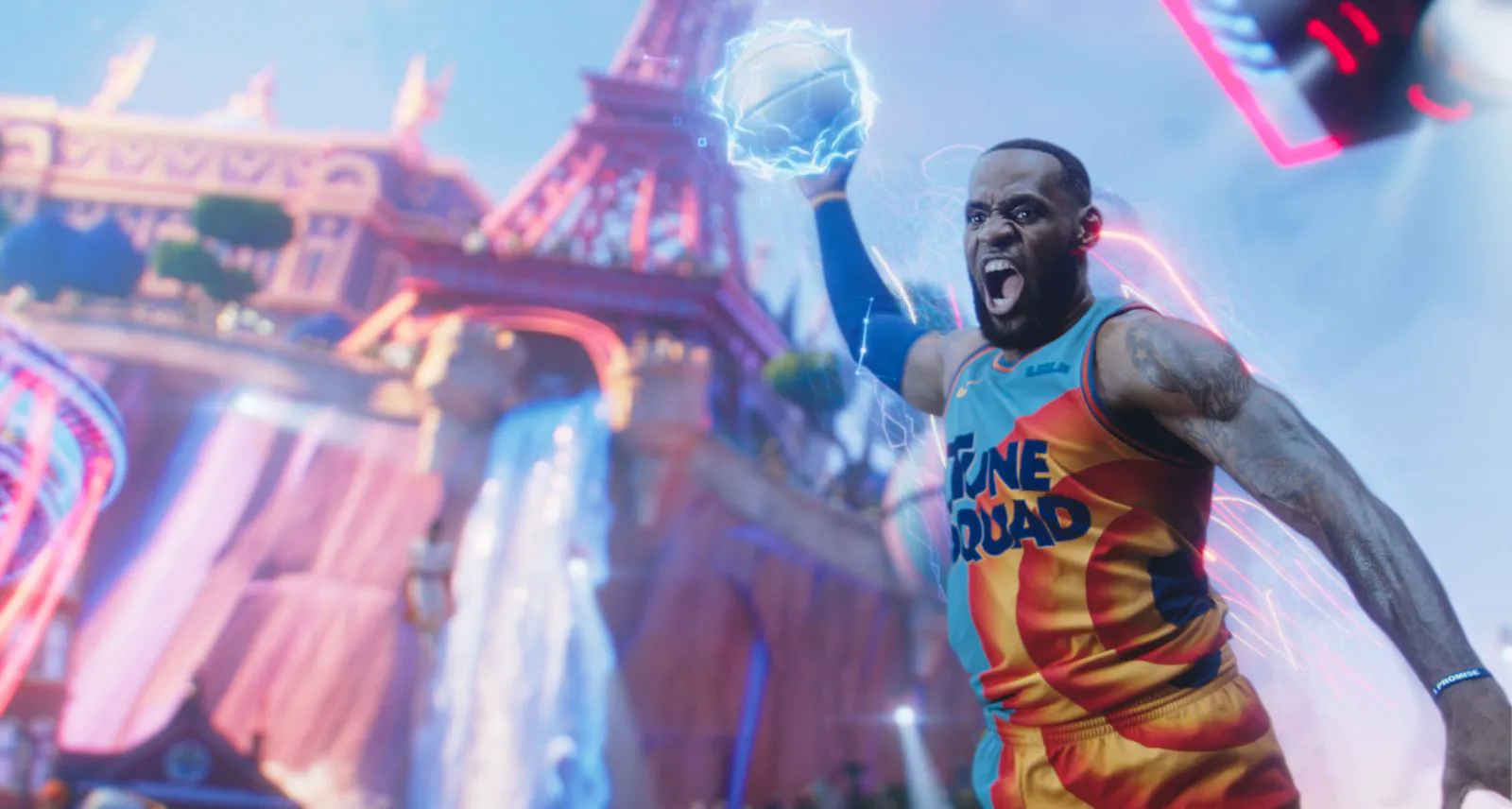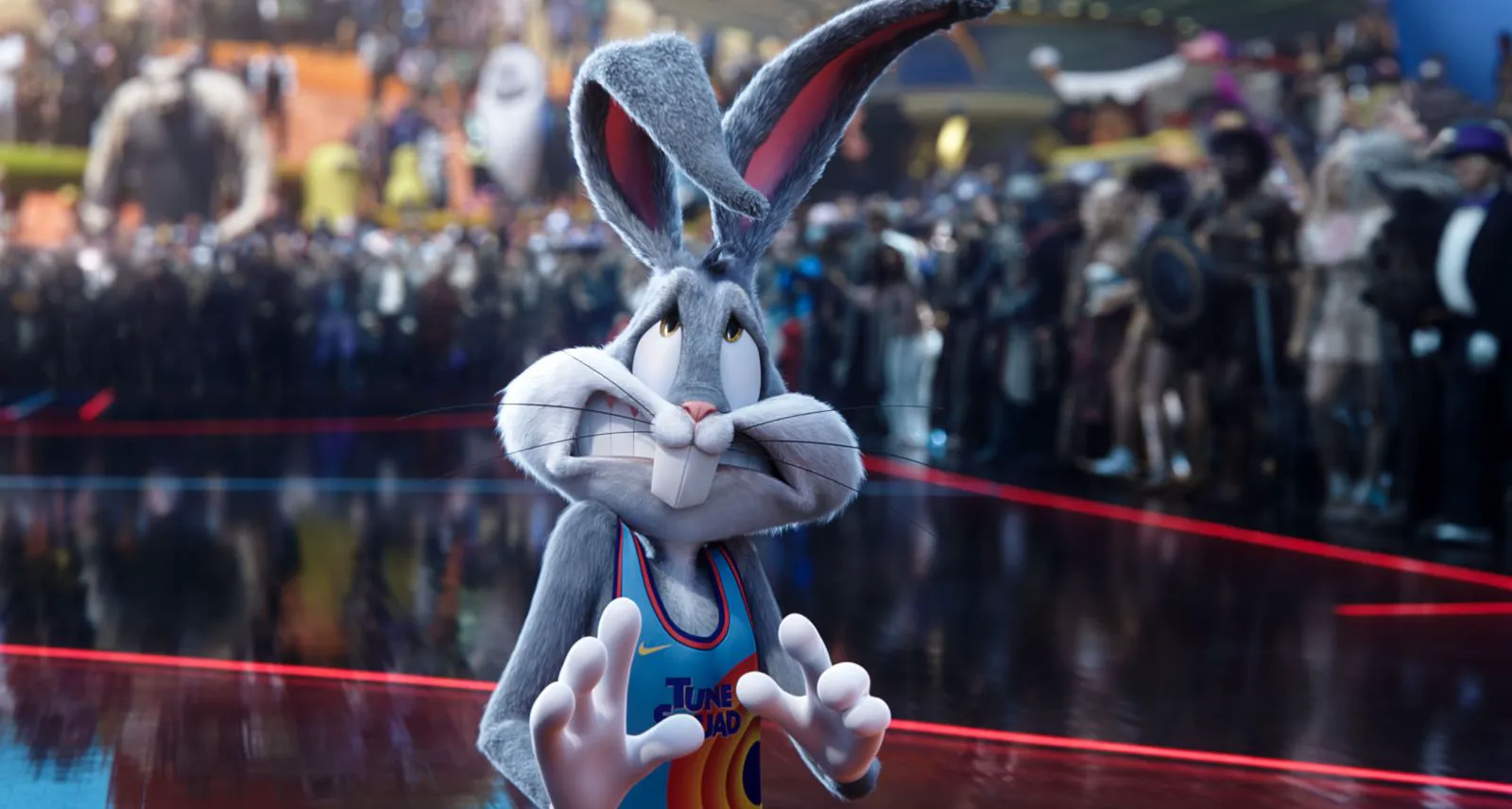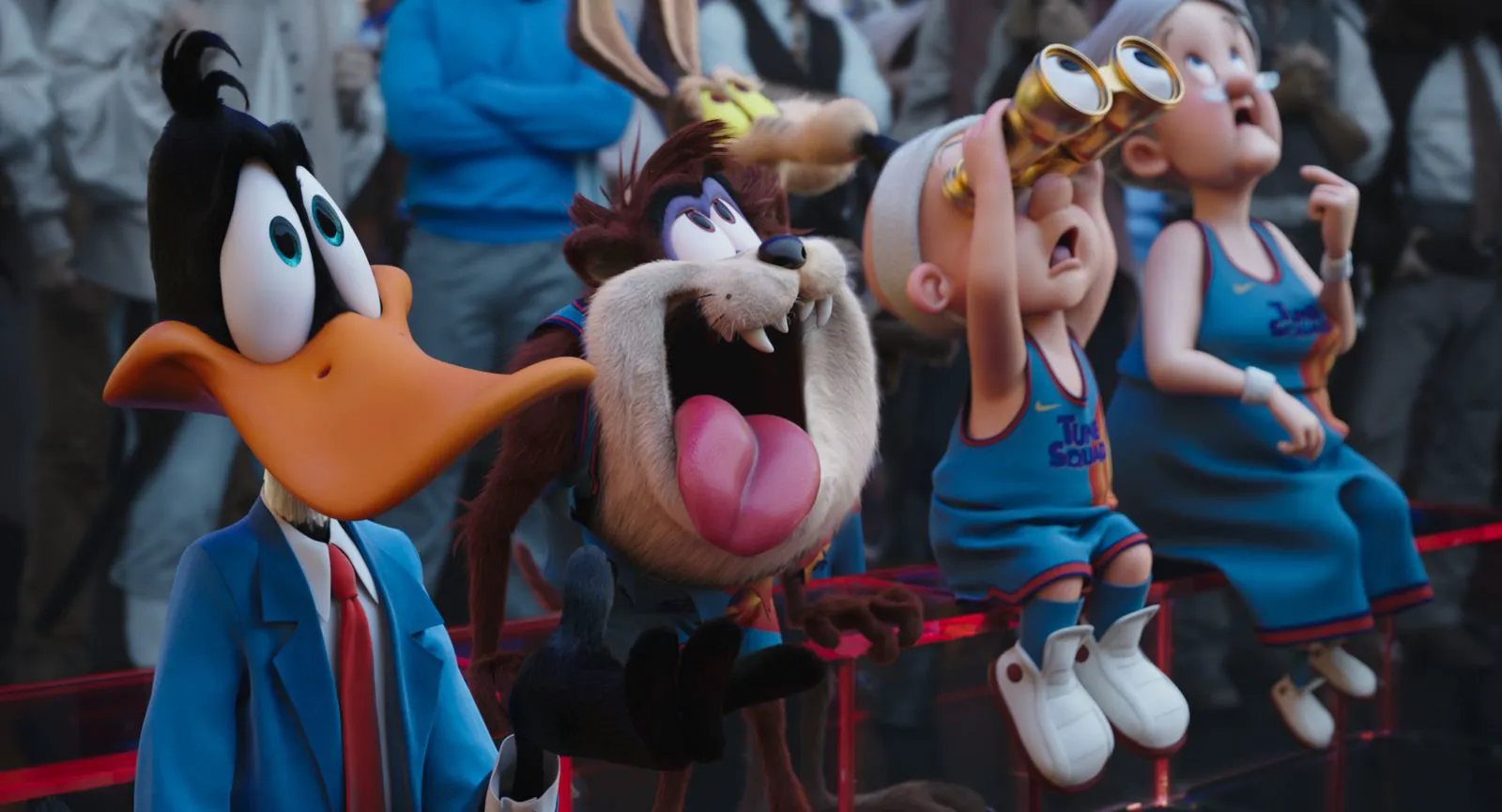Space Jam: A New Legacy - A Nostalgic Reboot with a Modern Twist
LeBron James, the basketball icon, finds himself in a familiar yet updated scenario in “Space Jam: A New Legacy.” This time, he’s not just battling aliens on the court; he’s also grappling with the challenges of fatherhood and the ever-evolving digital world.
The film opens with LeBron trying to connect with his son Dom, who dreams of showcasing his video game at E3. LeBron, haunted by his own childhood memories of being pushed to prioritize basketball over everything else, pressures Dom to follow in his footsteps.
A Digital Dilemma
Seeking to bridge the gap with his son, LeBron takes Dom to Warner Bros. studios. There, studio executives propose digitizing LeBron and incorporating him into iconic franchises like “Game of Thrones” and “Harry Potter.” LeBron, a self-proclaimed Luddite, rejects the idea, leading him and Dom into the clutches of Al-G Rhythm (played by Don Cheadle), a disgruntled digital villain.
Al-G Rhythm, angered by LeBron’s refusal, seeks to enslave him in the digital world. LeBron’s only chance of escape is to defeat Al-G Rhythm’s team of digitally enhanced NBA stars on the basketball court. However, LeBron’s team consists of a ragtag group of Looney Tunes characters.

LeBron James in “Space Jam: A New Legacy”
Nostalgia vs. Modernity
The original “Space Jam” with Michael Jordan holds a special place in many hearts. However, revisiting it today reveals its flaws. While nostalgic, it’s a product of the 90s that hasn’t aged well.

Bugs Bunny in “Space Jam: A New Legacy”
Despite its simple plot and dated visuals, the original “Space Jam” evokes warm memories of a time when basketball captivated the world, even without Netflix series.
“Space Jam: A New Legacy” attempts to build upon this legacy. Unlike Michael Jordan, who was an untouchable icon, LeBron James is portrayed as a flawed father figure. He struggles to connect with his son and sometimes comes across as insensitive. This reflects the shift in the era of idols and the complexities of modern relationships.

Tasmanian Devil in “Space Jam: A New Legacy”
A Postmodern Playground
The film embraces postmodernism. When LeBron enters the digital world, he embarks on a quest to assemble a team to face Al-G Rhythm’s formidable squad. Bugs Bunny leads LeBron through various iconic Warner Bros. films, from “Casablanca” to “Superman,” to recruit the scattered Looney Tunes characters.
The film also includes jokes about corporate algorithms, winks to the audience about basketball players’ acting abilities, and a memorable gag referencing Michael Jordan.
Lola Bunny is no longer sexualized, the cast is diverse, and there are more references to video games than to basketball. The film is a significant revision of the original, with a more thoughtful approach. However, despite its modern updates, “Space Jam: A New Legacy” still carries a strong 90s or early 2000s vibe.

Lola Bunny in “Space Jam: A New Legacy”
This is evident in the portrayal of the digital villain, a relic of a time when technology was seen as a global threat rather than a personal one. It’s also apparent in the film’s reliance on slapstick humor reminiscent of classic Looney Tunes cartoons. Even the structure of the story, with a life-or-death basketball game at its core, mirrors the original “Space Jam.”
Director Malcolm D. Lee, Spike Lee’s cousin, attempts to modernize the story but faces the inherent challenge of the franchise: its outdated and commercialized concept.